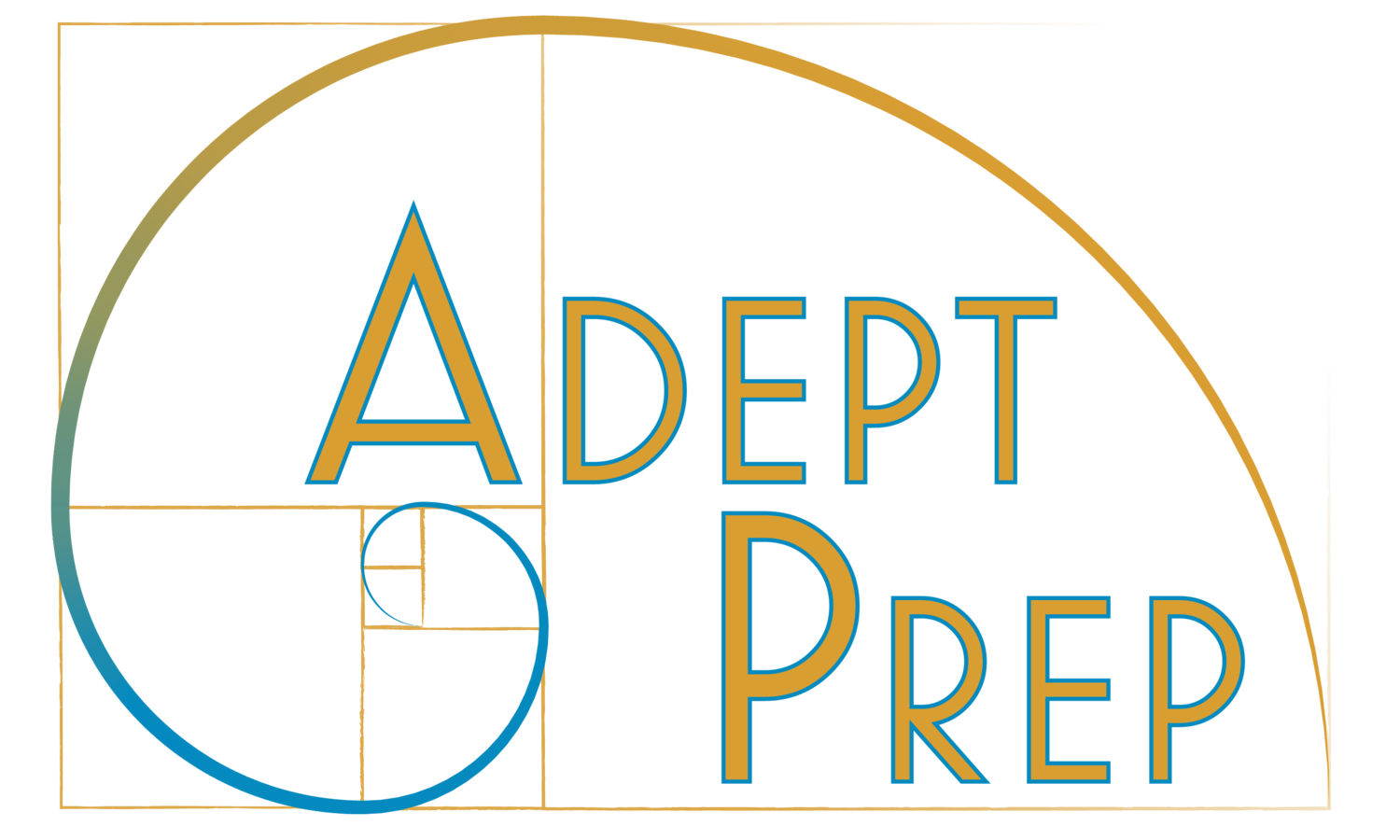Preparing students for the SAT or ACT begins with helping students choose which test is best for them!
ACT vs. SAT
Let’s walk through how to decide if you are one of them:
| SAT | ACT | |
| The Reading Section |
Hard!
(but not that fast) |
Fast!
(but rather easy, although boring) |
| Accomodations | 1.5 time means you are there for almost 5 hours straight |
Kids who qualify for 1.5 time are nearly always also granted multi-day testing
(once we inform them they should apply) |
| Math |
Trickier
Harder to train for There’s a no calculator portion |
More straightforward
Very preppable Calculator allowed on the entire test |
| Science | NA | Horrible at first sight, but extremely preppable |
| English/Writing (i.e., Grammar!) | Almost no difference | |
Further considerations:
| SAT: Grammar and Reading comprehension combined into one score | ACT: “English” (grammar) and Reading are seperate scores |
| Is one going to display your strengths better than another? Where else do you have an opportunity to demonstrate your abilities? For example, are your AP Language or Calculus scores impressive, or can you perform well on a Math subject test (hint: you probably can). | |
Still unsure of what test to take? Click here to contact us for a free phone consultation.
Our Approach
We work one on one with students To discover how to best leverage their strengths.
A group class just can’t serve kids as efficiently and effectively as one on one tutoring. By really getting to know our students and helping them to see how they are approaching the test, we can find where they need to tweak, discard, or try something entirely new. The way we approach prep is the way we train them to approach the test: “go slow to go fast” or rushing never pays!
OUr mindfulness approach helps them to let go of habits that aren’t serving them and learn stratagies that will.
Meditation is our secret sauce. When students practice the mindfulness based meditation that we teach them, they cultivate the ability to bring a relaxed attention to the task of the test, which allows them to effectively answer the question in front of them. For example, it is very common for students to compute an area when they were actually asked for the perimeter. That’s because they are so used to being asked to compute an area that their brain essentially ALTERS the question. This is not a math mistake (it’s usually easier to find perimeter than area!); it’s a failure of attention controls. Many points are needlessly lost in this manner, and we can get those points back by strengthening our prefrontal lobes!
Stats for the SAT workshops
The New SAT is much more content-based, and includes a substantial amount of statistics - that students don't know.
As a statistician, our Director of Tutoring wasn't sorry to discover this new emphasis, but since the high school curriculum in the Washington area generally does not include statistics before senior year (if at all), students need to get caught up. Jen is now periodically teaching a two part class (4 hours total) to provide students taking the new SAT the basic statistics knowledge they need. Email us to learn when it's next being offered.

